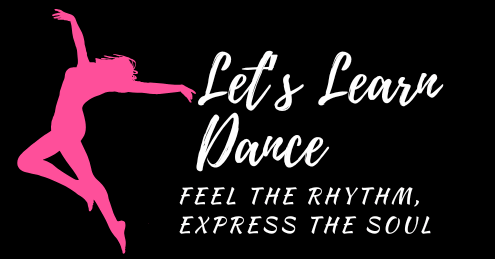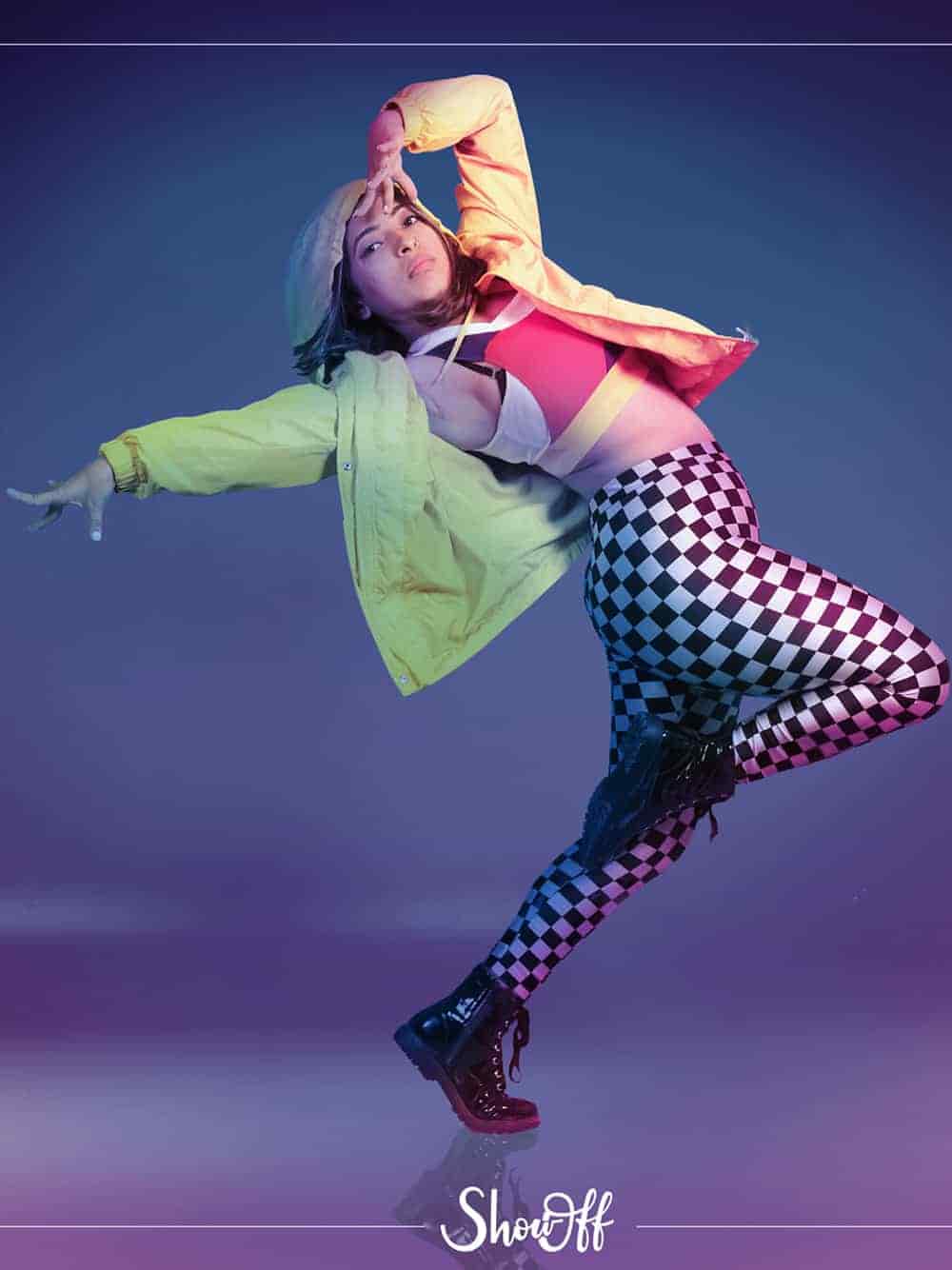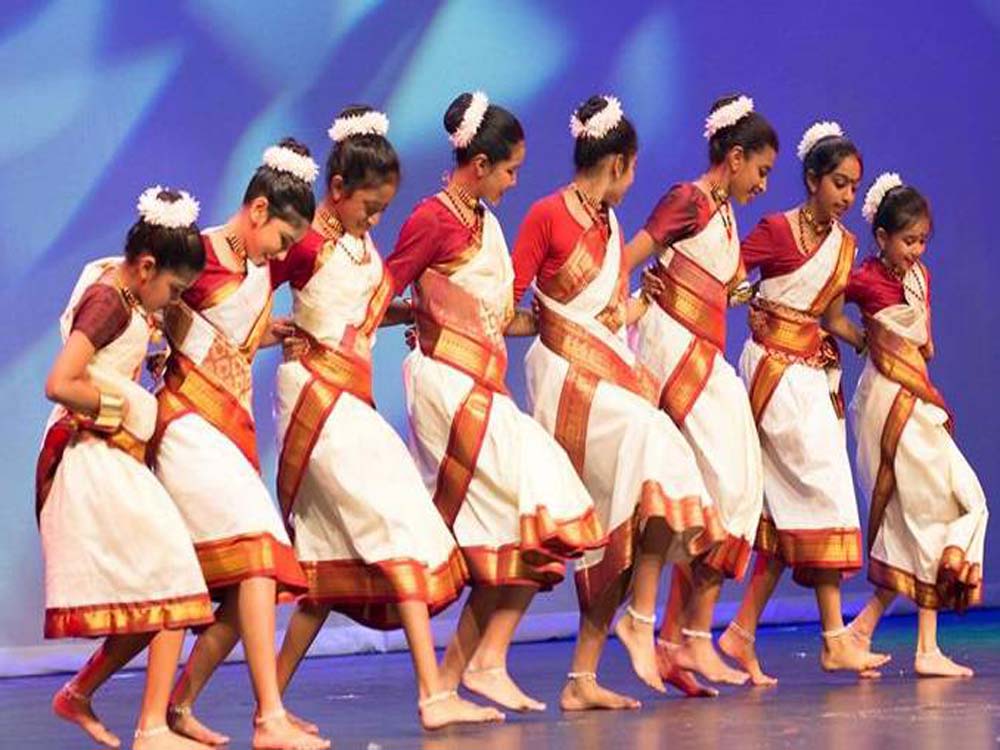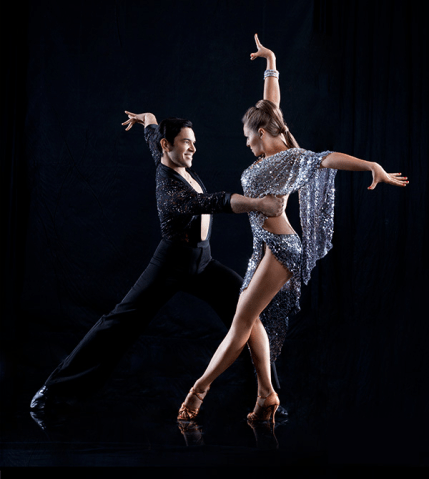
Contemporary Dance: Meaning, Origin, and Iconic Style
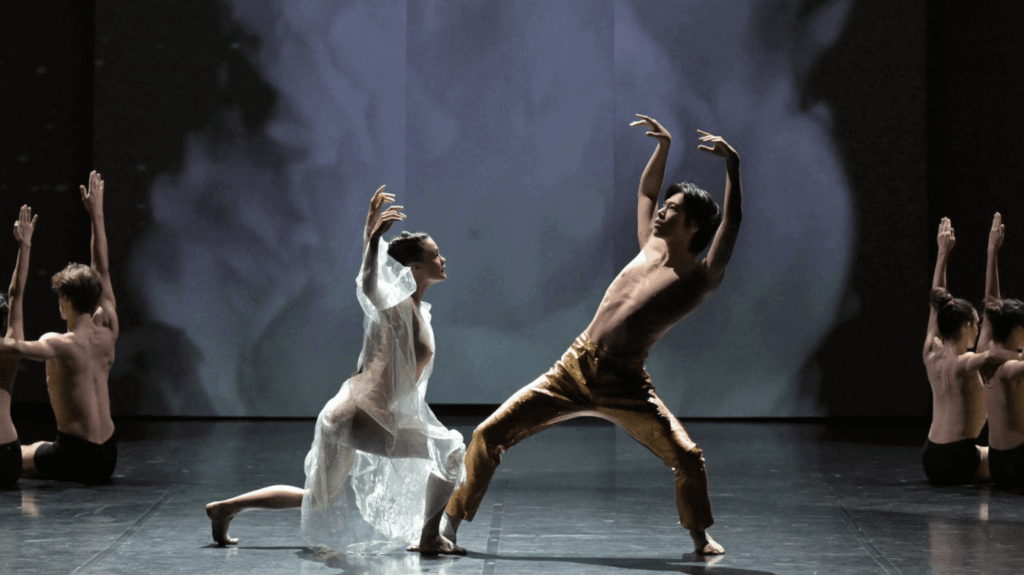
Meaning of Contemporary Dance
Modern, jazz, classical ballet, street dance, and other dance styles are all included in the lively and expressive style of contemporary dance. Contemporary dance, which first emerged in the middle of the 20th century, enabled for high movement of freedom, emotion, and creativity by declining the firm framework and formality of classical ballet. It is distinct from more rigid dance styles in which it puts a focus on improvisation, versatility and the use of gravity, breath, and natural body lines. Contemporary dance emphasizes on looking with movement based on the dancer’s unique view of music, emotion, or a specific theme, in comparison to traditional dance styles that constantly belong to a set of movements or steps. This kind of dance emphasizes on employing the body to convey a story, idea, or feeling in addition to technical ability. Contemporary dance is a powerful substance for communication, and each dancer and choreographer frequently discovers inspiration in abstract concepts, social issues, or personal experiences. Improvisation is an essential component of contemporary dance. Dancers are often encouraged to move freely in accordance to their settings, emotions, and the music, sometimes, during performance they can come to create unique steps on their own. Due to this, each dancer’s knowledge of contemporary dance is highly personal and unique. It inspired experimentation and innovation instead of getting bound to specific positions of postures.
Origin of Ballroom Dance
The dynamic and expressive movement form popular as contemporary dance initially emerged in the middle of the 20th century as a reaction to the limitations of modern dance and the rigid structures of classical ballet. It is differentiated by its capability, fluidity, and emphasis on someone’s expression. It frequently waves together influences from ballet, jazz, modern, street styles, and diverse cultural dance traditions, creating a rich and electric movement language. The roots of contemporary dance can be identified in the early 1900s, since modern dance pioneers such as Merce Cunnigham, Martha Graham, and Isadora Duncan asked the rules of ballet. Isadora Duncan selected natural movement and emotional expression, attracting inspiration from nature and classical Greek art. By centering on the dancer’s internal emotional world, Martha Graham developed a groundbreaking technique rooted in the rhythmic flow of contraction and release. Merce Cunnigham who thought that dance did not have to be set to music or follow a narrative, introduced chance procedures and abstract movement. The foundation for contemporary dance has been laid by these leaders of modern dance. Choreographers began to work more freely with movement, structure and performance settings in the 1950s and 1960s. Postmodern dance, an important phase in the evolution of contemporary dance, was significantly influenced by the Judson Dance Theatre, a group of avant-garde performers in New York City. They put an extreme value on improvisation, everyday gestures, and multidisciplinary artistic collaboration.
5 Iconic Style of Ballroom Dance
You have heard of many dance styles but do you know that under Ballroom dance many dance styles came. Here we are going to tell the different but popular type of dance style that you have never heard are as:
- Graham Technique
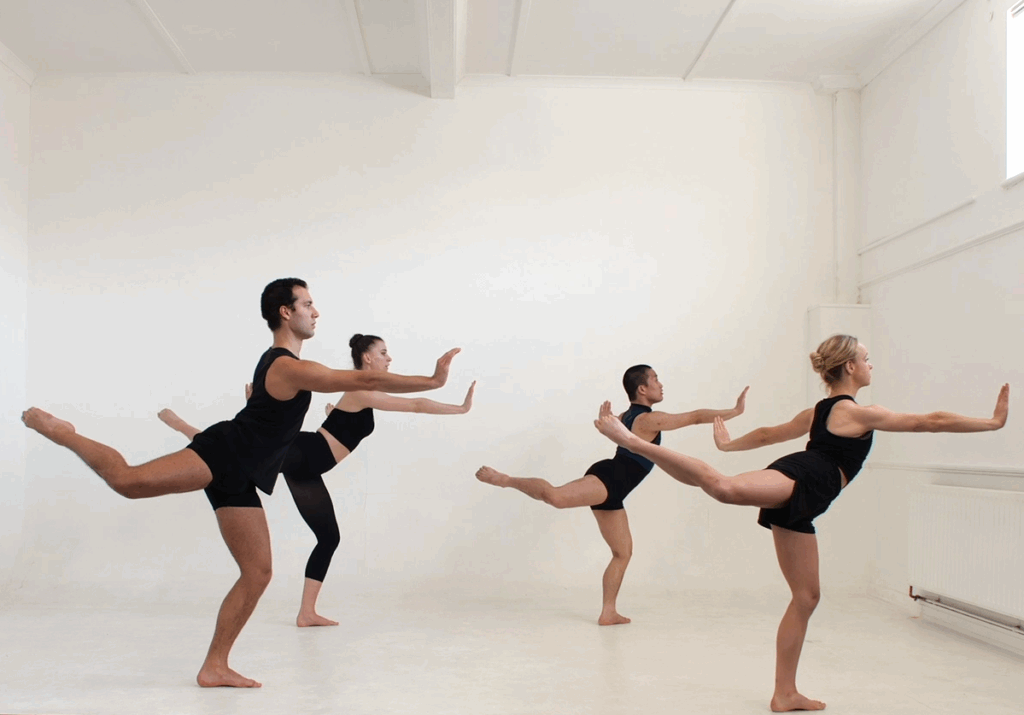
One of the most popular and influential styles of modern and contemporary dance is the Graham Technique, which was created by Martha Graham. Graham, the founder of American modern dance in the early 1900 changed dancer’s artistic expression through replacing classical ballet’s airy, light movements and towards more expressive, emotionally passionate, and grounded movements. Her approach remains an essential component of dance education across the world and continues to impact the next generations of dancers. The concept of “contraction and release” is essential to the Graham technique. The natural rhythm of breathing acts as the basis to this movement principle: the release indicates inhalation, and freedom, while the contraction represents exhalation and internal struggle.
- Cunningham Technique
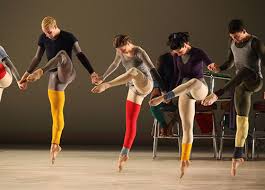
A vital movement system in contemporary dance, the Cunningham Technique emerged by American choreographer Merce Cunningham in the first half of the 20th century. By heading from the narrative and emotional expression that had dominated prior modern dance styles, this technique completely transformed how dance was viewed, carried out and choreographed. Instead, Cunningham emphasized on pure movement, or movement for its own sake, where the body’s shape and form got the spotlight. The idea that dance does not have to be linked to story, music, or theatrical expression resides at the core of Cunningham technique. Based on Merce Cunningham dance and music could coexist in a performance but exist individually. When determining the order or spatial layout of the movements in his choreography, he often uses random procedures like coin flips or computer-generated algorithms. In contrast to the systematic and emotionally inspired work of pioneers like Martha Graham, this allowed randomness and unpredictability.
- Release Technique
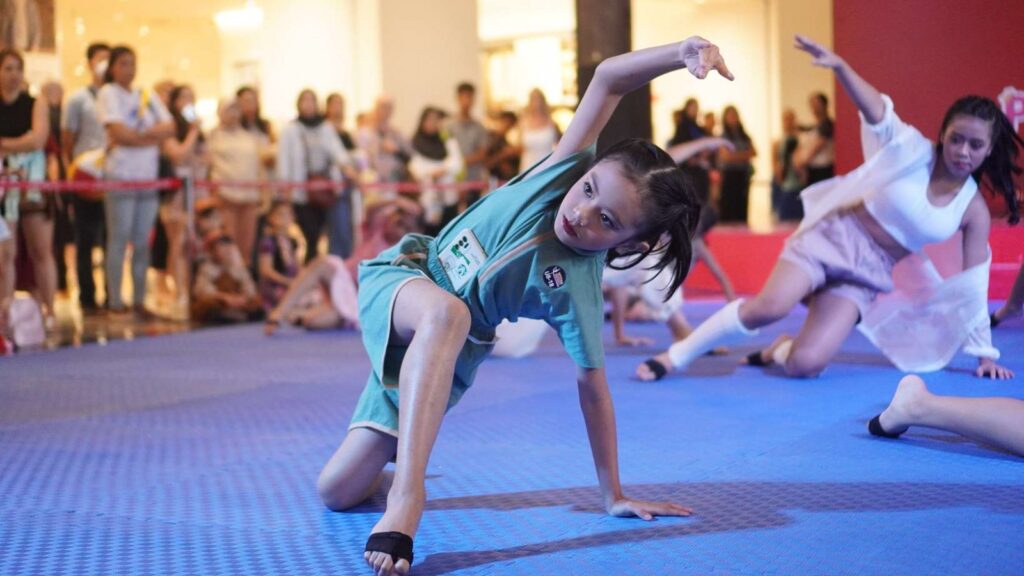
An essential movement technique in contemporary dance, release technique puts a focus on performance, fluidity, and the utilisation of natural body mechanics. Release technique, which emerged in the second half of the 20th century in response to modern dance’s more rigid and portrayed techniques encourages dancers to move easily but covering focus to their breath, internal emotions, and gravity. It had been created together through a variety of dancers and choreographers, including Mary Fulkerson, Joan Skinner, and Trisha Brown, instead of giving credit to a single founder. Basically the objective of the Release Technique is to free up unrelated muscle tensions so that energy may circulate freely through the body. Using the body’s natural alignment and anatomical structure as a guide, dancers are trained to explore the path of least resistance rather than forcing movements. Breath or a body part’s impulse often begins movements, providing the impression or being both grounded and expensive.
- Limon Technique
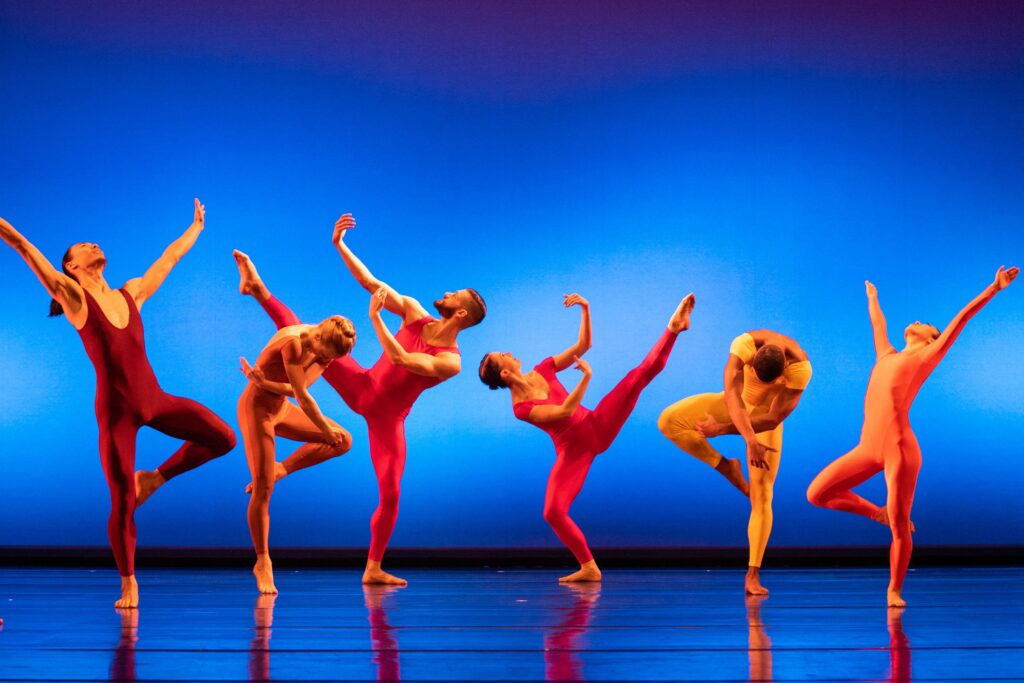
The Limon technique, a foundational style in modern and contemporary dance, was pioneered by Mexican-American choreographer Jose Limon and is renowned for its expressive use of breath, weight, and fluid motion. It demonstrates the body as a natural, expressive instrument and has its origin in the philosophy of human expression. Limon’s work originated as an outcome of his studies with Doris Humphrey, who acts as his mentor and whose “fall and recovery” principle became an essential element of his approach. This idea is improved across by the Limon technique, that includes dynamic opposition, weight, breath, and suspension. The concept of “fall and recovery” – giving in to gravity and then grabbing control again – is central to Limon’s strategy. The human experience of vulnerability and resilience can be seen in this idea. Since the movement often depicts real-life struggles, success, and internal conflicts, this provides Limon’s choreography a sense of emotional depth and drama since executed.
- Contact Technique
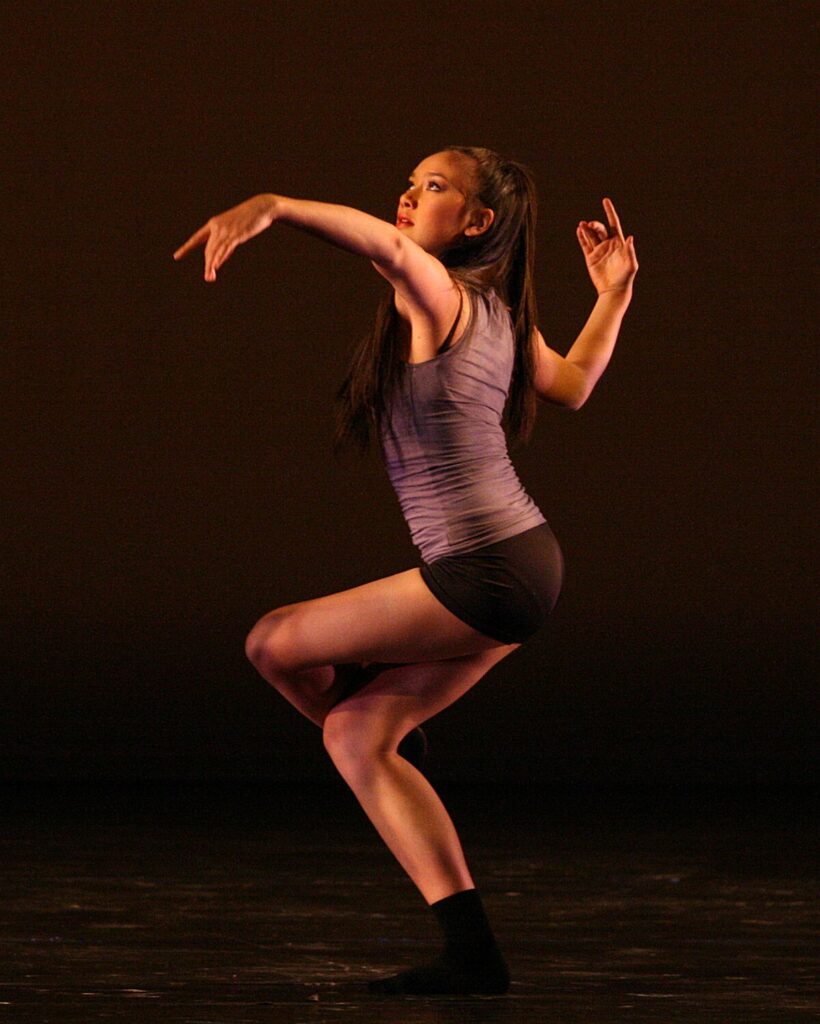
A contemporary dance technique popular as improvisation puts a focus on two or more dancers sharing weight as they move rashly while maintaining physical contact. It initially emerged in the early 1970s and was begun by Steve Paxton, who was encouraged by his interests in gymnastics, modern dance, and martial arts, especially Aikido. This technique established improvisation, equal partnership, and physical interaction through touch, difficult traditional dance norms. Contact improvisation is essentially about utilising movements for interaction. Basically, it began with two dancers causing physical contact, usually on a particular recognizer like the back, hip, or shoulder. The dancers then test using movement together, lifting, balancing, rolling, and sliding as they respond to transformation in momentum, weight, and gravity. Instead of adhering to an established routine, the dancers respond to one other in real time, listening, with their bodies and moving as a single, intuitive system.
